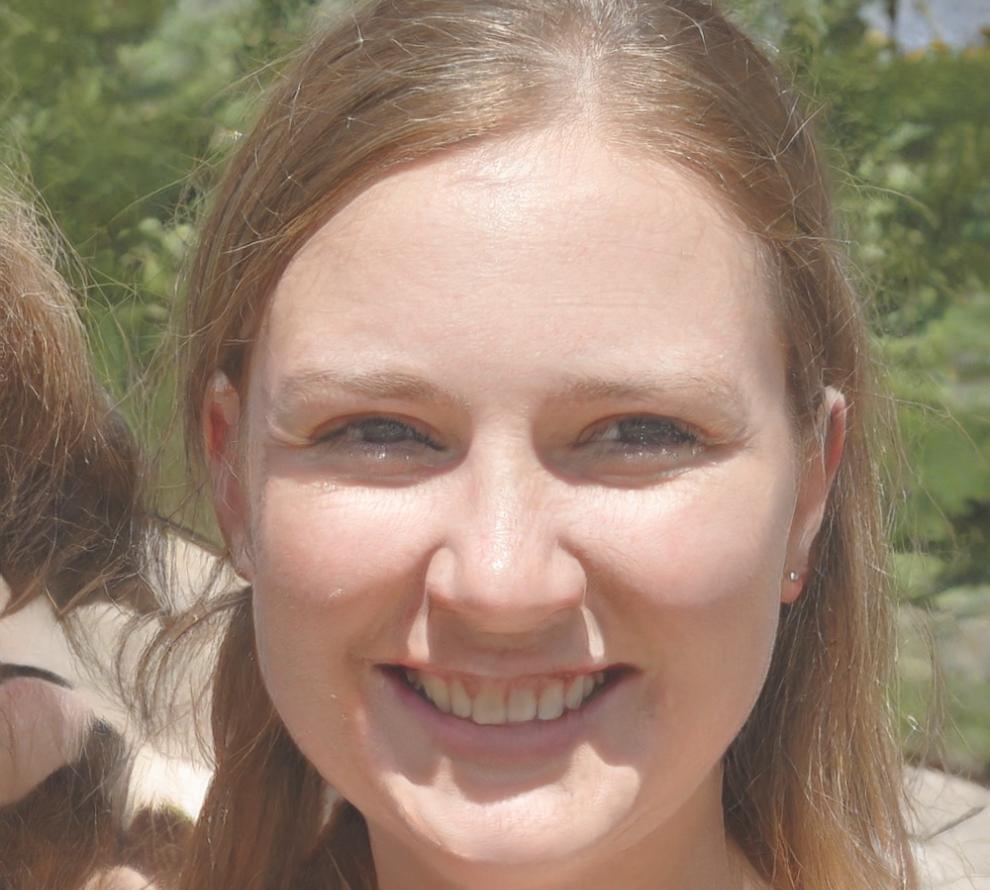Visibility
Real-time tracking replaced end-of-month surprises
Budget overruns used to be the norm for these clients. After working with our project budget management system, they started hitting their targets and actually understanding where every baht went.
These aren't manufactured success stories. They're real businesses in Thailand that struggled with budget chaos and found a way to get control back.
Our clients tell us the biggest shift wasn't just about saving money. It was about actually knowing what was happening with their budgets instead of finding out too late.
Visibility
Real-time tracking replaced end-of-month surprises
Accuracy
Forecast precision improved with historical data patterns
Efficiency
Budget reviews went from hours to minutes
Control
Early warning alerts stopped cost overruns before they escalated
6-8 weeks
Typical implementation timeline
15-25%
Common budget variance reduction
Daily
Automated expense tracking updates
Most clients follow a similar path from initial setup to confident budget control. The timeline varies, but these phases stay consistent.
Weeks 1-2
We map your existing budget structure and import historical data. This gives you a baseline to work from instead of starting blind.
Weeks 3-4
Your people learn to input expenses and read reports. We focus on daily workflows, not theoretical features nobody uses.
Weeks 5-8
You start seeing patterns in your spending. Early warning alerts catch issues while they're still small enough to fix easily.
Month 3+
With enough data collected, you can forecast accurately and make informed decisions about resource allocation.
These are direct quotes from follow-up calls in early 2025, not polished testimonials written for marketing.

Nattawut Prakob
Restaurant Chain Owner
"I finally know which locations are actually profitable and which ones just look busy. The food cost tracking alone probably saved us 40,000 baht last month by catching portion inconsistencies."
Siriporn Bunsri
Marketing Agency Director
"Client projects used to bleed hours we couldn't bill for. Now I can see exactly where time goes and adjust scopes before we're underwater. It's not glamorous, but it works."
Our next training cohort starts in September 2025. You'll learn the same system these clients use to track and control project budgets.
View Program Details